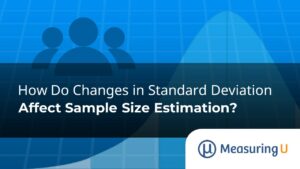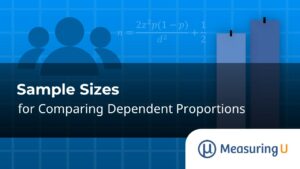
An Overview of Survey Sampling Strategies
Unless you plan to survey every member of your target population, you’ll need to work with a sample. But even in cases where you can survey everyone, you might not want to because of survey fatigue and costs. What’s more, most populations are fluid. There may be only a hundred users of a financial product








